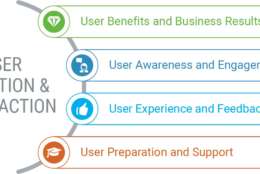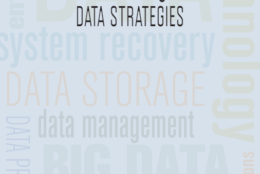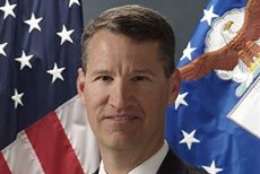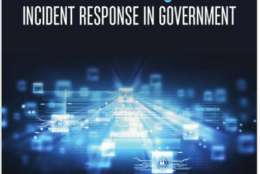Analysis
-
Even the highest quality and most innovative solutions fail if they are not ultimately adopted by end users. Designing IT solutions that users want is not a single act, but a series of acts that create memorable experiences and drive real usage from the target audience. It is only when intended users use the full capabilities provided by a technology solution that an organization gets a return on its technology investment – it is as simple as that.
October 06, 2017 -
Federal information technology executives are tasked with managing the data inundation and cyber threats they encounter on a daily basis, often with limited resources, both from a budgetary and skilled personnel perspective. Federal News Radio recently spoke with Steve Hull, chief information officer at Leidos, to address these issues and more.
October 02, 2017 -
To explore the latest thinking in the data strategies of federal agencies, Federal News Radio convened a panel of chief data officers, CIOs, and people from industry to discuss use cases, how to deal with diverse data, governance issues, and some technology solutions to carry out data strategies.
October 02, 2017 -
Chris Townsend, the vice president of federal at Symantec, said the IT modernization initiative opens the door for agencies to relook at how they protect their systems and data.
September 28, 2017 -
What is the U.S. Air Force’s Information Dominance Strategy? How is the Air Force changing the way it does IT? What is the U.S. Air Force doing to leverage advances of mobile technologies? Join host Michael Keegan as he explores these questions and more with Bill Marion, Deputy Chief, Information Dominance & Deputy Chief Information Officer, U.S. Air Force.
September 25, 2017 -
What is the US Customs and Border Protection's national strategy to facilitate legitimate trade? How is CBP strengthening comprehensive trade enforcement? What are the biggest disruptions coming to trade? Join host Michael Keegan on The Business of Government Hour as he explores these questions and so much more with Brenda Smith, Executive Assistant Commissioner, Office of Trade, U.S. Customs and Border Protection.
September 05, 2017 -
Greg Reeder, the head of government industry strategy at Adobe, said data analytics holds the key to improve the citizen experience with government.
August 31, 2017 -
Tony Cole, vice president and global government chief technology officer for FireEye, said threat intelligence will help agencies mitigate risks by answering some basic questions about who the attackers are and what they are trying to do.
August 31, 2017 -
The number of millionaire federal employees is growing rapidly. But Senior Correspondent Mike Causey notes they earned their wealth by saving and smartly investing their money over a number of decades.
August 29, 2017 -
How can risk management strategies reduce operational risk? How has the US Department of Labor employed risk management strategies to reduce improper payments in its Unemployment Insurance program? Join Michael Keegan next week as he explores these questions and more with Prof Justin Bullock, co-author of the IBM Center report, Risk Management and Reducing Improper Payments: A Case Study of the U.S. Department of Labor.
August 28, 2017 -
What are the U.S. Army Reserve’s strategic priorities? What are the essential components of force readiness? How does the US Army Reserve support civil authorities? Join host Michael Keegan as he explores these questions and more with Lieutenant General Charles Luckey, Chief of Army Reserve & Commanding General U.S. Army Reserve Command.
August 21, 2017 -
Achieving a culture of secure dev ops doesn’t happen overnight, but it is possible when the leadership of an organization makes the brave, conscious decision to lead their organizations on a journey to examine processes and find the right platform.
August 16, 2017 -
What are the strategic priorities of Labor’s Office of Unemployment Insurance? How does the UI program work? What are improper payments and how has UI program sought to reduce them? Join us as we explore these questions with Gay Gilbert, Administrator, Office of Unemployment Insurance within the U.S. Department of Labor.
August 14, 2017 -
Federal organizations carrying out important public missions have one important thing in common with large commercial entities; they are targets of unceasing cyberattacks. Managing successful attacks requires an up-to-date incident response mechanism that's capable of dealing with contemporary threats. It also requires a strategy to ensure incident management stays up-to-date.
August 14, 2017 -
Important social challenges cross agency boundaries, and working effectively to solve these problems is not easy. Join us as we explore how New Zealand tackles these wicked challenges with Rodney Scott, co-author of the IBM Center report, Interagency Performance Targets: A Case Study of New Zealand’s Results Programme. How have Public Management Reforms evolved in New Zealand? What is the New Zealand Results Programme? What can other governments learn from the New Zealand experience?
August 07, 2017















